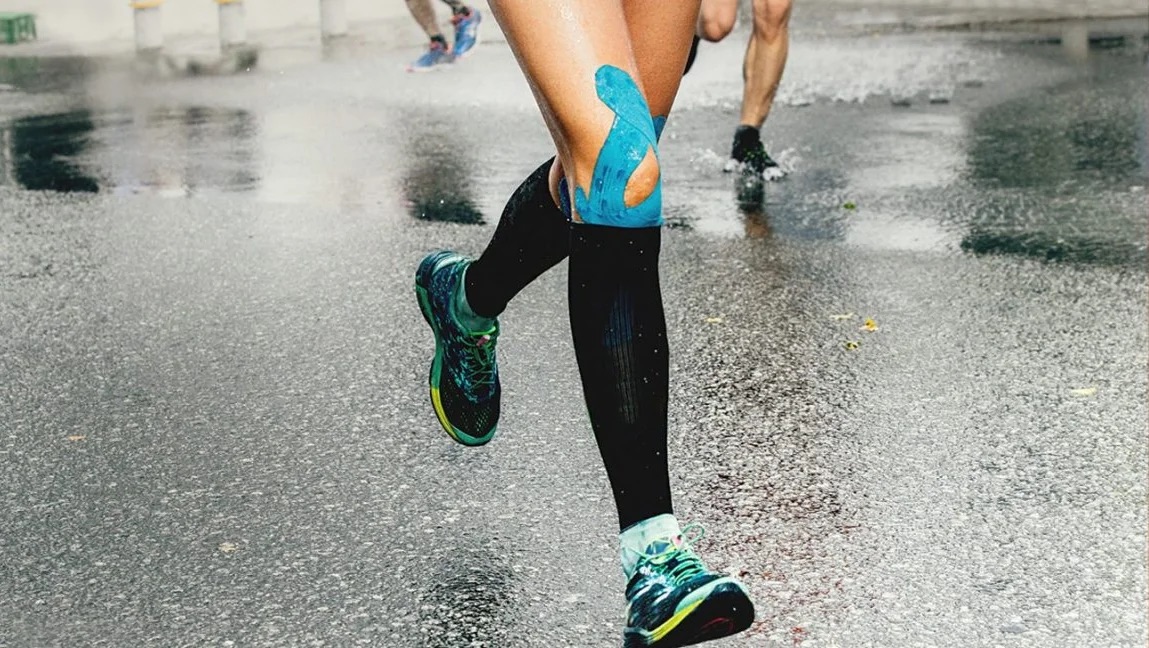Runner’s Knee

Do I have Runner's knee? How to treat it?
The term “Runner’s Knee” generally refers to pain at the front of the knee that develops during or after running. This pain is usually due to excessive stress on the cartilage (soft bone cushion) at the front of the knee. Patients frequently also experience pain or discomfort when they walk up or down the stairs, stand after sitting for long periods, or squat.
However, such pain may also be due to more serious conditions such as a tear or ulcer in the cartilage. If it is a tear or an ulcer, the condition can start to get worse on its own without proper treatment. For this reason, any pain that persists even after a period of rest or is recurrent, should be evaluated by an Orthopaedic specialist.
Runner's Knee and related conditions
The cartilage at the front of the knee is frequently the source of pain. Cartilage is a layer of soft bone covering the hard bone. It is important for smooth and painless movements of the knee.
If just simple over-stress to the cartilage, patients may feel pain after running that goes away after a few hours or a day. However, if the patients do feel symptoms such as locking, loud cracks in the knee, or significant weakness in the knee, these may indicate significant damage of the cartilage.
Runners may also experience the following related conditions that cause knee pain:
– Ilio-Tibial Band (ITB) syndrome: This is related to tightness of the structures on the outside of the knee, causing pain on the outside of the knee. Daily foam rolling of the outside of the thigh and knee may improve the condition.
– Meniscus damage: Meniscus is a ‘C’-shaped shock-absorbing cushion in the knee and can get damaged, causing pain. The indications that there may be meniscus damage may be swelling at the front of the knee, or more pain going down stairs rather than going up stairs.
– Kneecap mal-alignment: This means that the kneecap does not move in a smooth straight line when bending and straightening your knee. Mal-alignment is usually an inborn condition but can lead to pain after running or when climbing the stairs.
Diagnose and Treat Runner's Knee
For each condition, there are various ways of treating it, and this depends on the severity of each condition. We can tell the severity of each person’s condition using information from the clinic assessment and scans, such as an MRI scan.
Mild cases of Runner’s Knee, ITB syndrome, and kneecap mal-aligment can be treated with home methods such as rest, temporary stopping of exercise, massage and cold compress. Simple medical treatment methods would be physiotherapy, oral medications and injections. However, if the condition turns out to be more serious conditions like cartilage tear or meniscus tear, patients may require a definitive Key-Hole repair procedure to ensure proper recovery.
The broad groups of treatments are:
– Medications and physiotherapy
– Injections into the knee
– Key-hole surgical procedures

Services
Medisave / Insurances
Treatments
Ankle Sprain & Treatment
Cartilage Repair Treatment
Bone Fracture Treatment
Alternatives to Knee Replacement
Knee Replacement Surgery
ACL Reconstruction Surgery
Knee Cartilage/Meniscus Tear Injury
Heel Spur Treatment
Hip Replacement Surgery
Hip Scope Surgery
Shoulder Scope Surgery
Ankle Ligament Surgery
Spinal Injection Therapy
Steroid Injection
Patient Resources